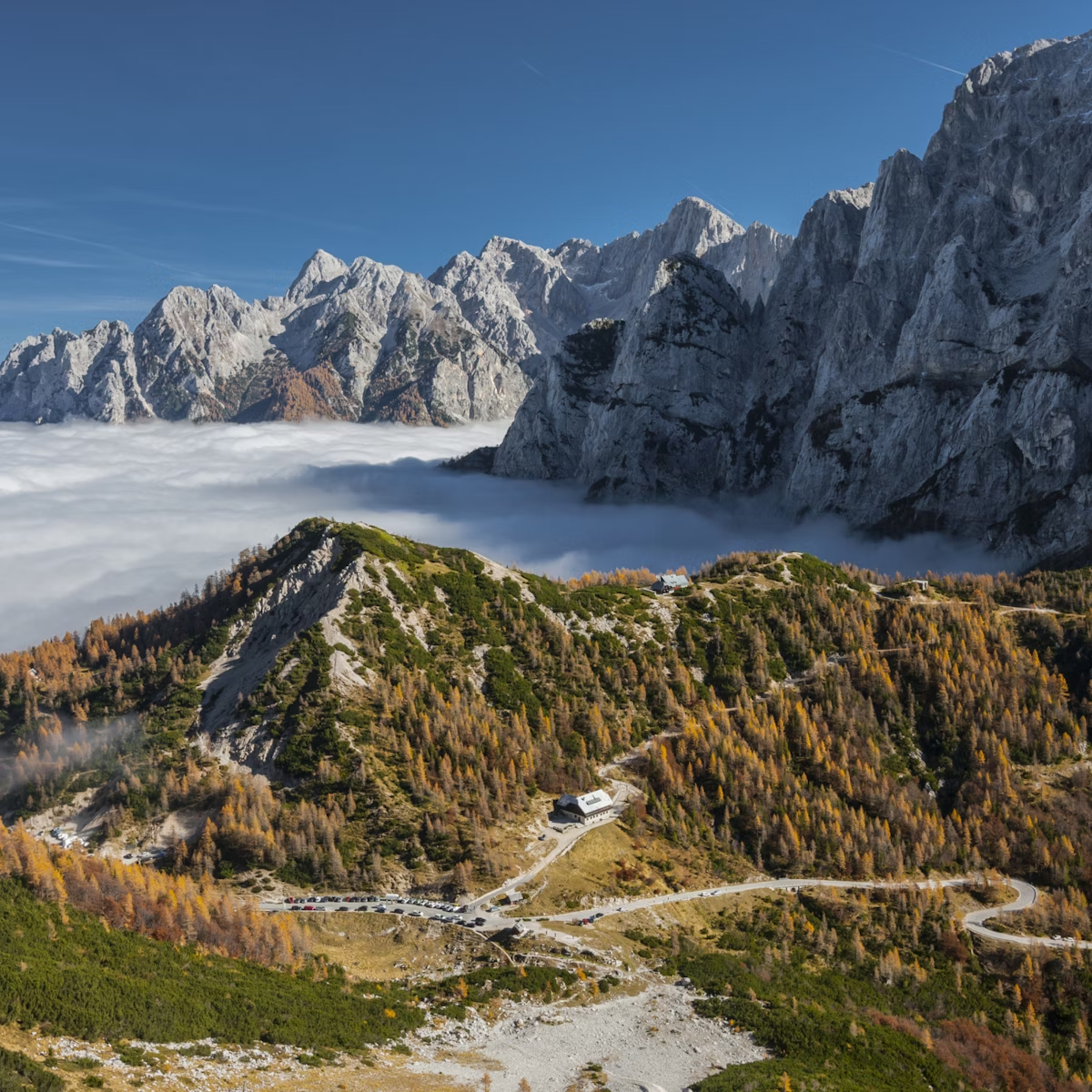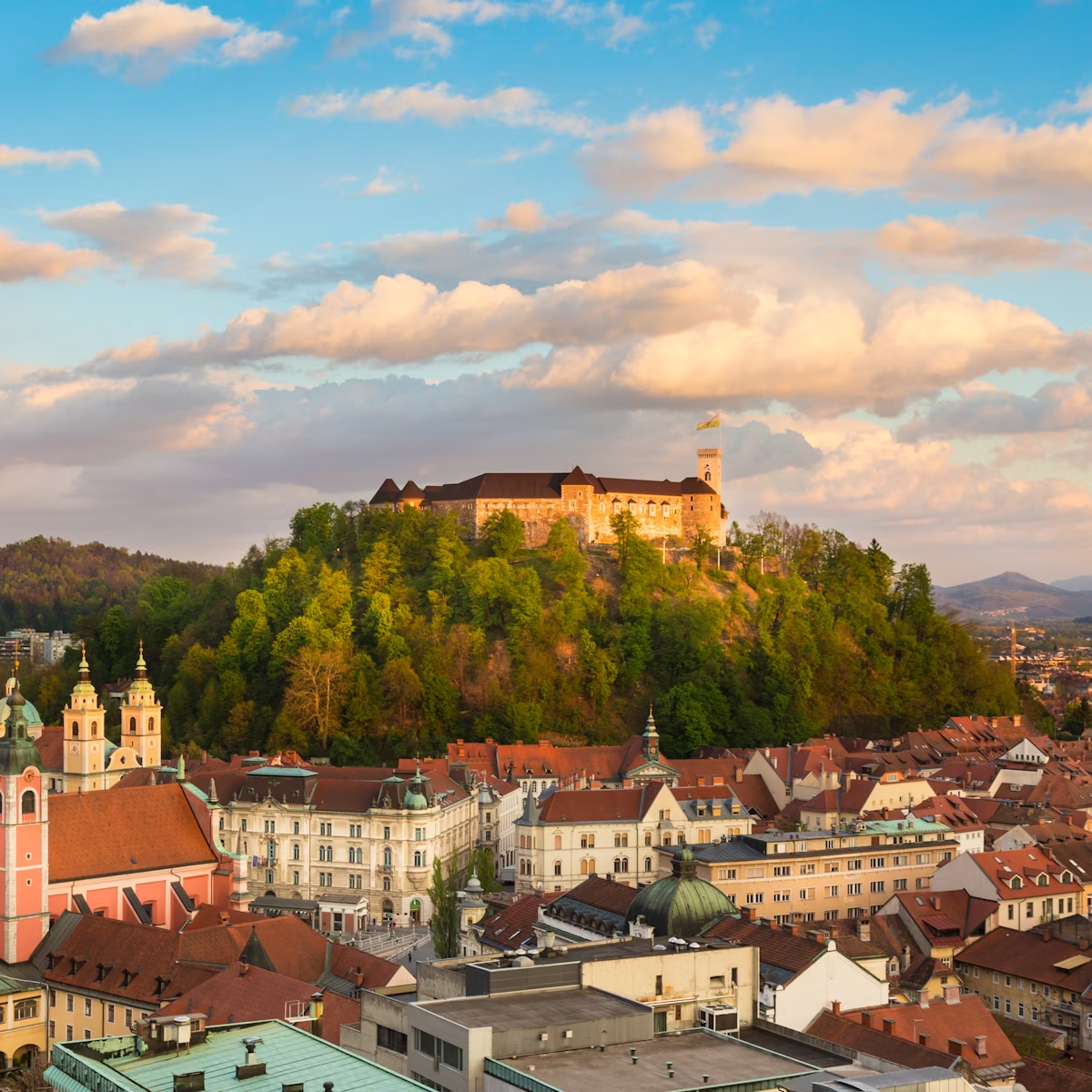More interesting than it sounds, this apiculture museum takes a closer look at the long tradition of beekeeping in Slovenia. The museum's collection of illustrated beehive panels from the 18th and 19th centuries, a folk art unique to Slovenia, is the largest in the country, and there are some rather astounding beehives in improbable shapes: (life-sized) people, a miniature mansion, even a lion. You can also observe a live beehive in action, filled with a family of indigenous Carniolan bees.
Bees are still kept in Slovenia for their honey and wax but much more lucrative are such by-products as pollen, propolis and royal jelly.
The somewhat esoteric municipal museum shares the building with the beekeeping museum (open the same hours; combined ticket adult/child €5/3). It tells the history of the town, especially as it relates to the life of Anton Tomaž Linhart (1756–95). Linhart was Slovenia’s first dramatist and historian, and was born in Radovljica.








